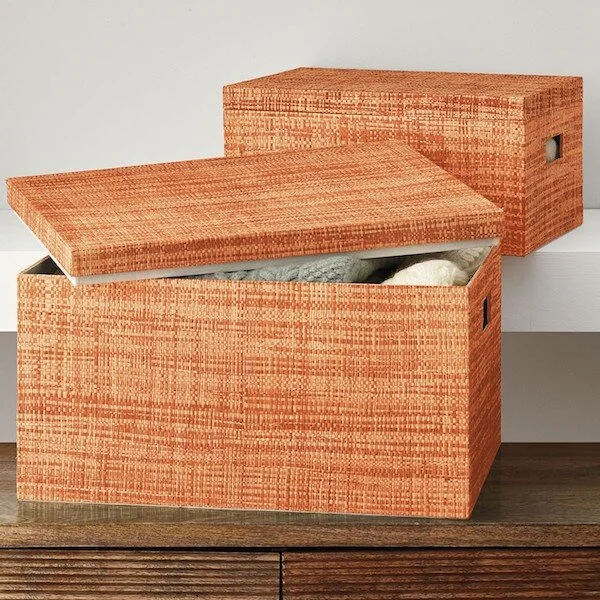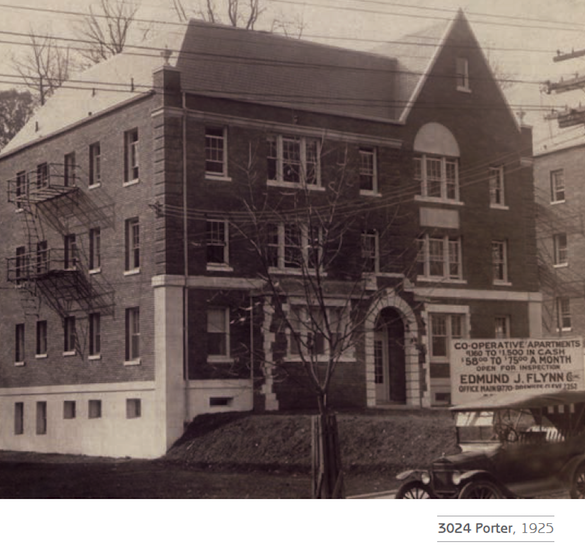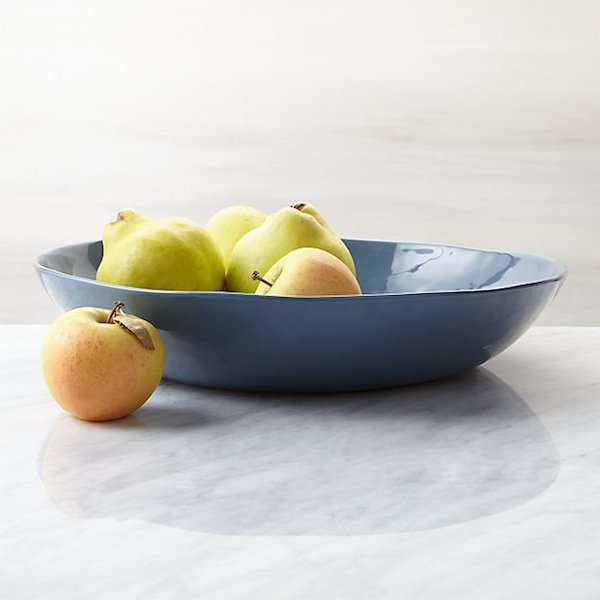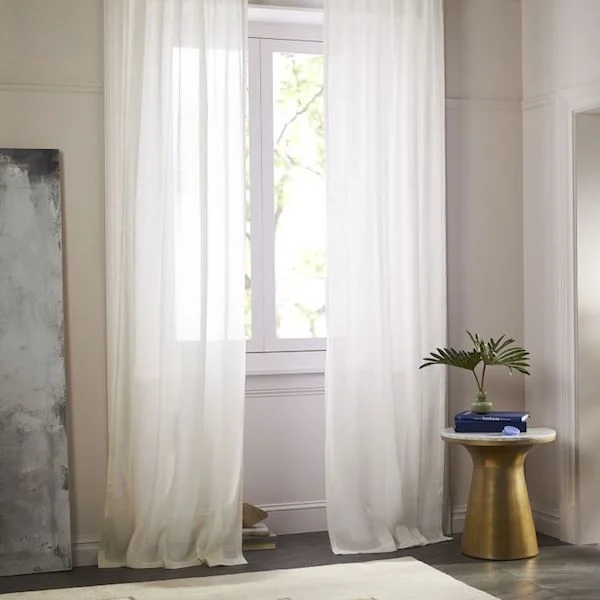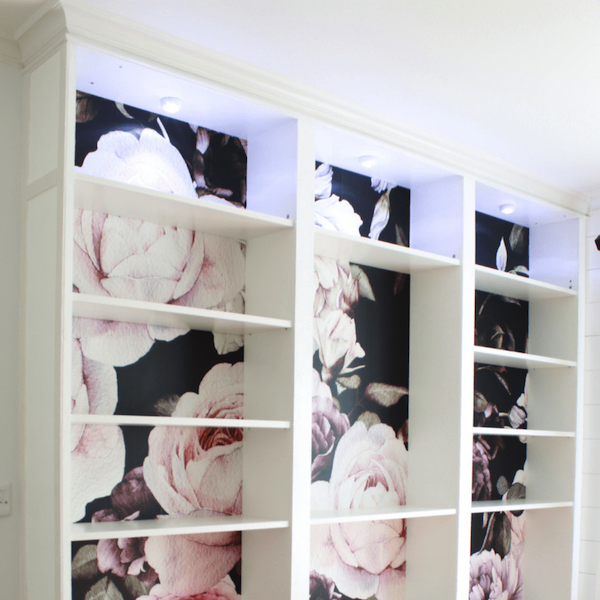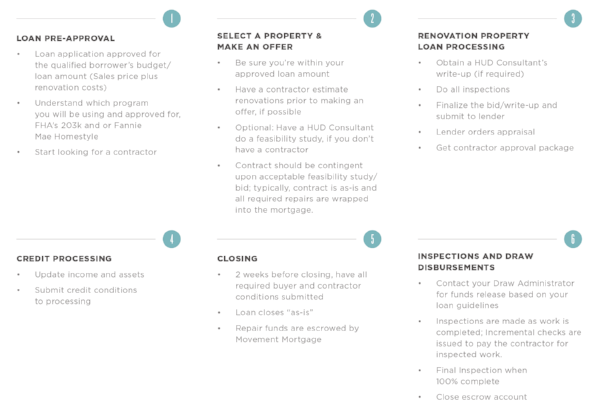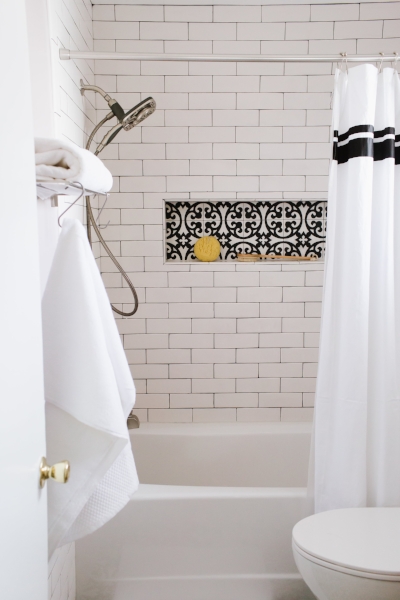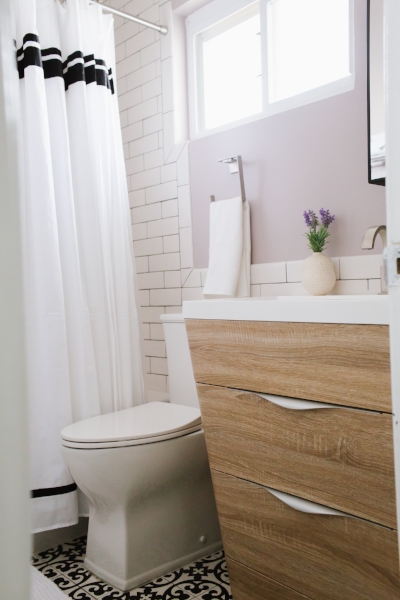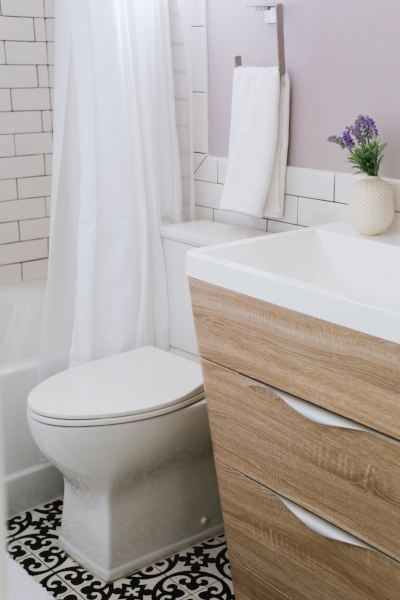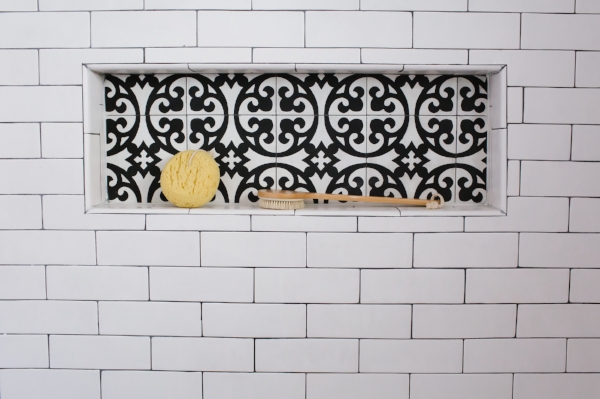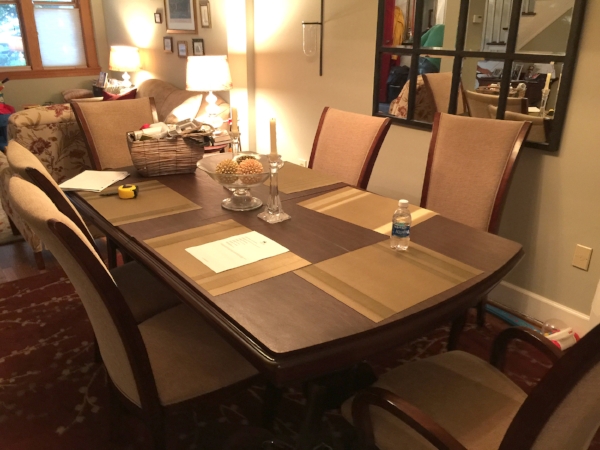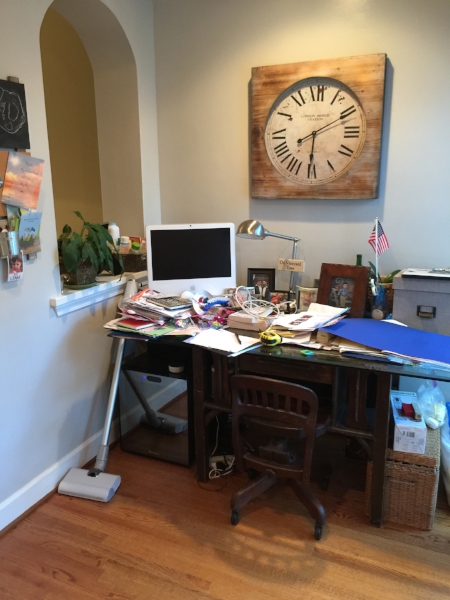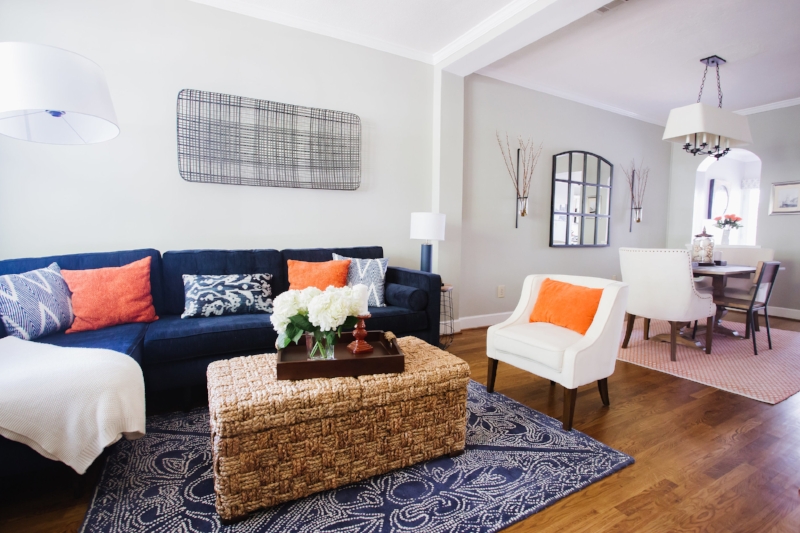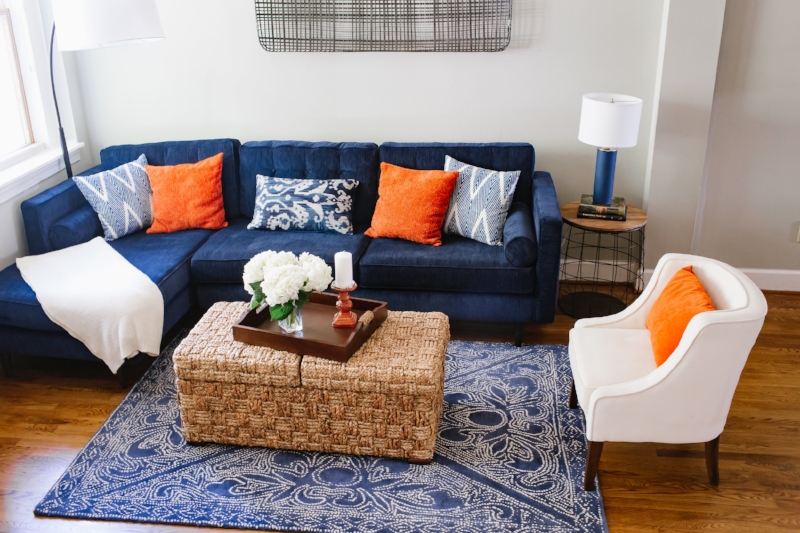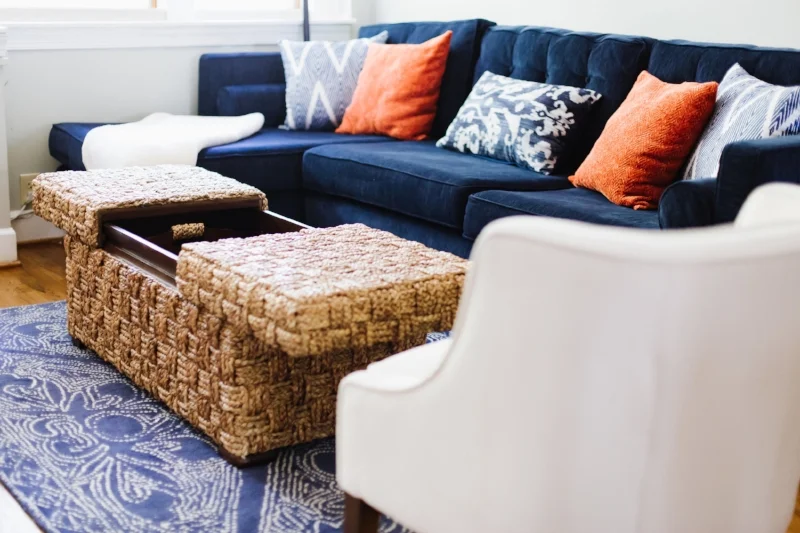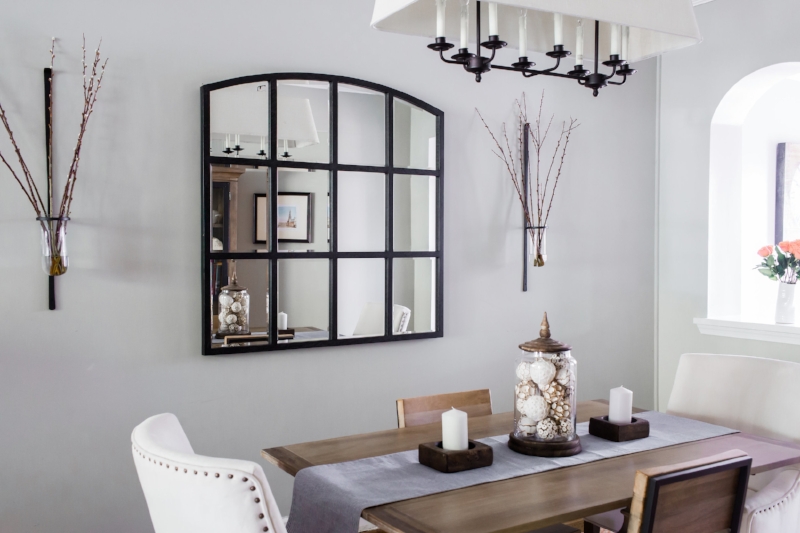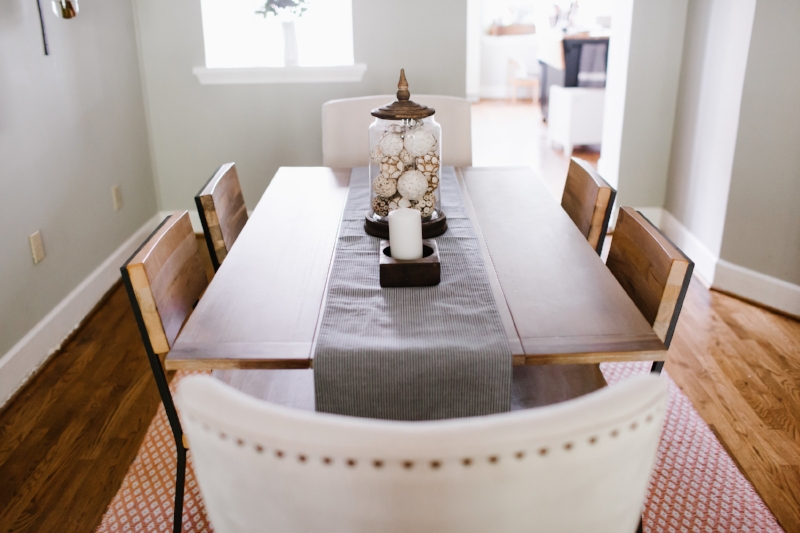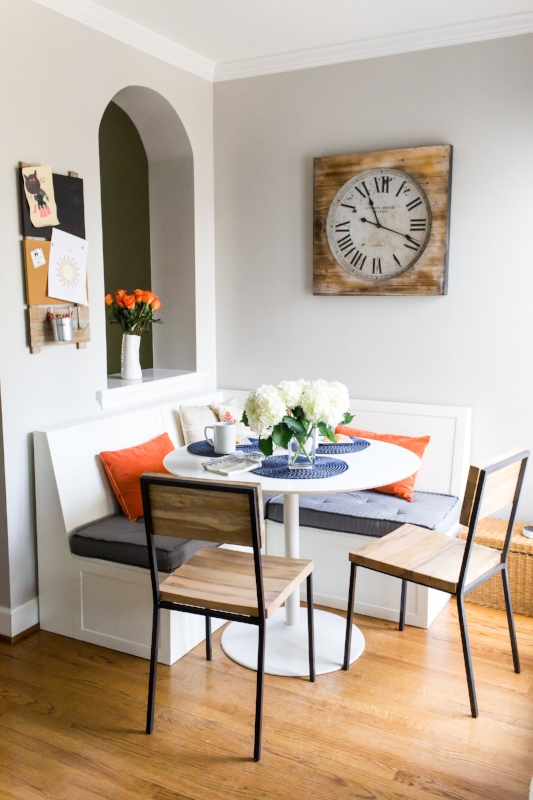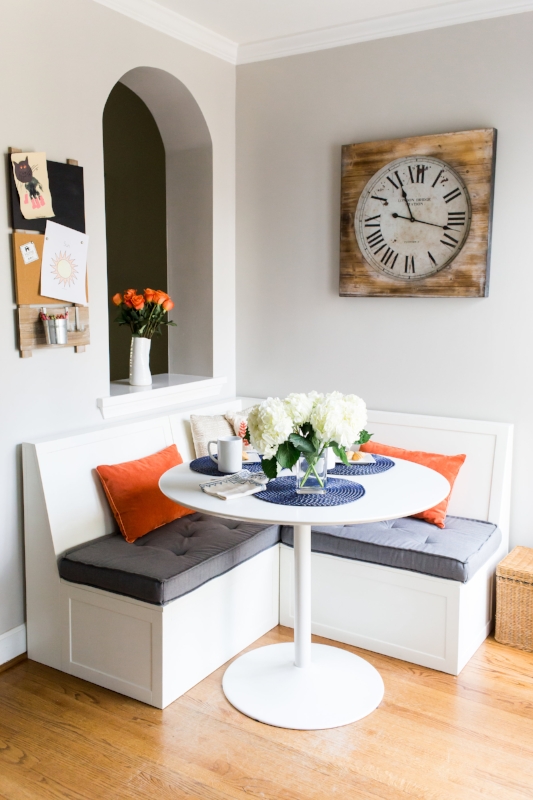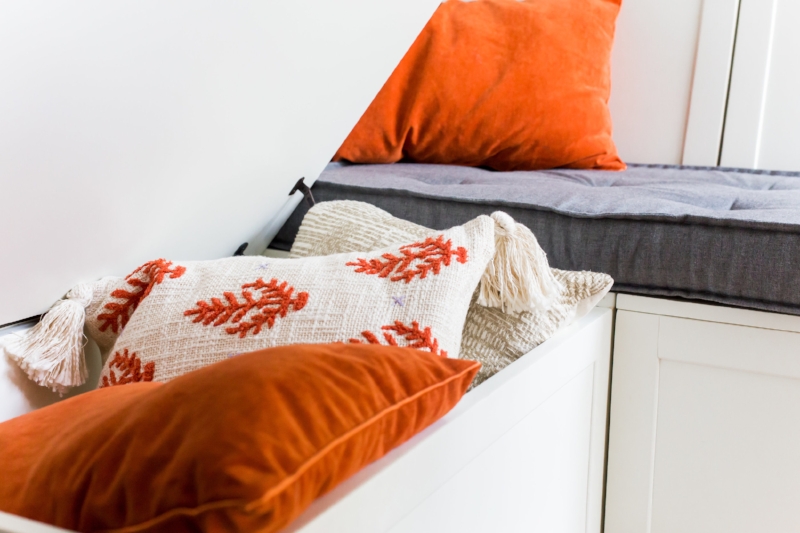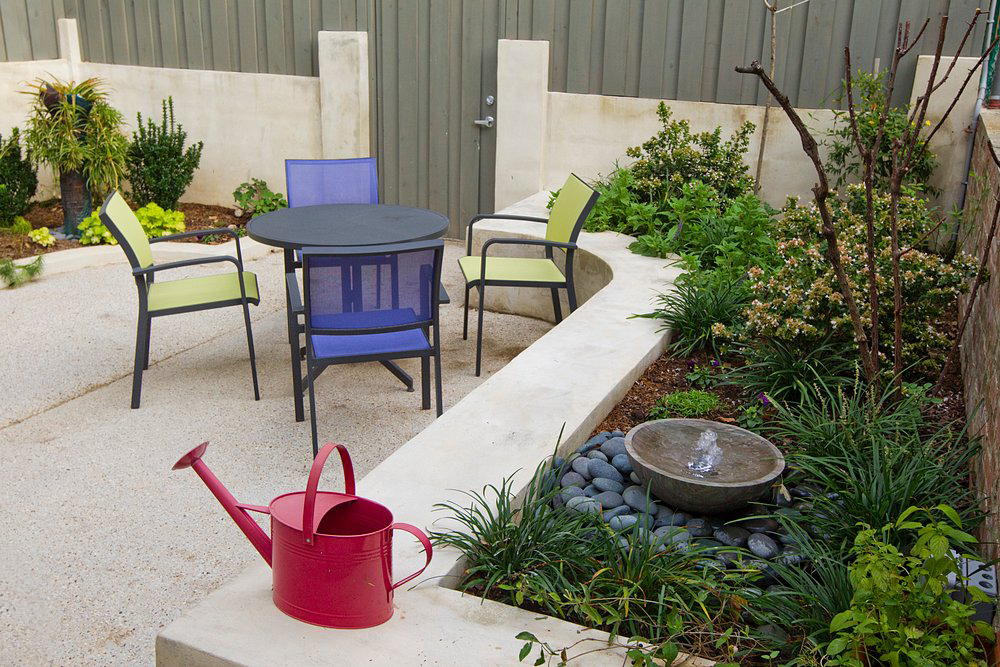Photo Credit: TaxRebate.org.uk
As I meet with clients looking to sell their homes, the first question they often have as we start our consultation is “what can we get for it?” A home is usually the most valuable asset (or one of the most valuable assets) an individual or couple has, so what you’ll come away with is undoubtedly important. However real estate, like many things in life, is negotiable so you’ll want to remember the following as you prepare to go to market:
List Price vs. Sales Price
List price and sales price often aren’t one in the same. There are Three Ps that are critical to get right when selling your home: Preparation, Pricing and Promotion. Just like preparation (think painting and staging) and promotion (social content, print materials, etc.), pricing is a marketing tool. As with all our marketing, our goal is to reach the widest audience of potential buyers. The days of more than a dozen competing offers as the norm may be over (for now), but a list price on the conservative end of the estimated sales price has the ability to generate multiple competing offers — helping you get the highest price and most favorable terms.
Vacuums: Great for Rugs, Not for Selling Homes
While inventory may be low, your home always will be compared to other available homes (as well as those recently sold). The list price should take into account comparable properties, with the goal of being the best priced (and best presented) option for buyers. Depending on how much time has passed since you signed your listing agreement and are ready to go to market, that recommendation may change based on current market dynamics.
Nothing But Net
It’s easy to fixate on the list and sales prices, as they are what you see in marketing materials and what will post online and in public records when all is said and done. However, you should keep your focus on your net after you pay off your mortgage (if any) and closing costs. This is precisely why I go over estimated nets at various potential sales prices with clients, and together we set our sights on that bottom line.
Who Decides in the End?
While together we will set the list price, the market (i.e., homebuyers) ultimately sets the sales price. My role as your advisor and agent is to use data, trends and personal market insight to approximate that value so we can discuss a target net for you.
Finally, it’s also important to keep in mind that dollars aren’t the only currency in a transaction. For example, a buyer may offer you a 60-day rent back for free (worth two month’s of PITI) or they could offer to close in a week instead of 40 days (worth a month’s PITI). List price is simply a part, albeit a pivotal part, of the complex plan to make the most of your home’s sale — something that homeowners and their Realtors® always should discuss in depth and up front.
Amber Harris is the owner of At Home DC and a licensed real estate agent with Keller Williams Capital Properties working with clients in DC, Maryland and Virginia.






